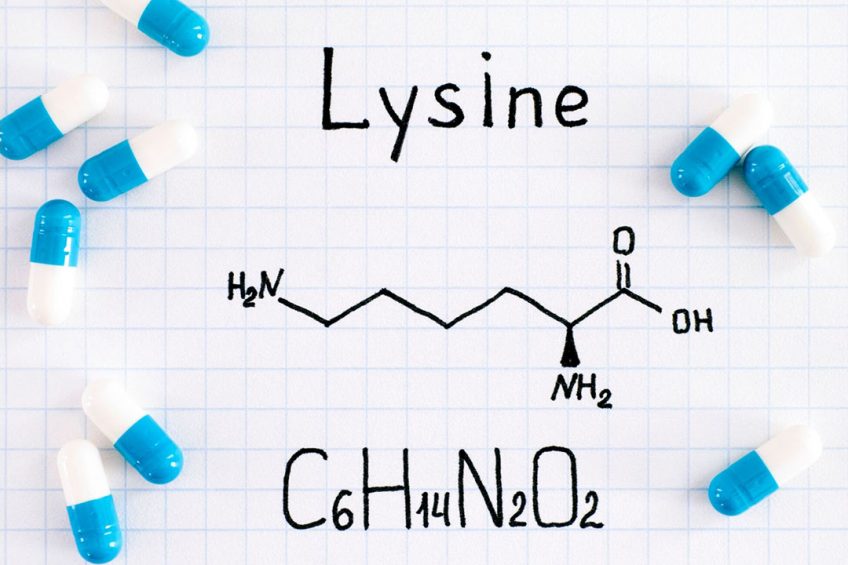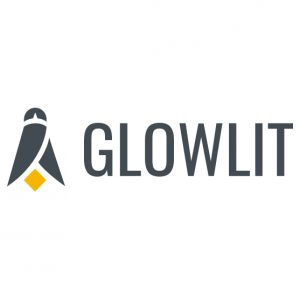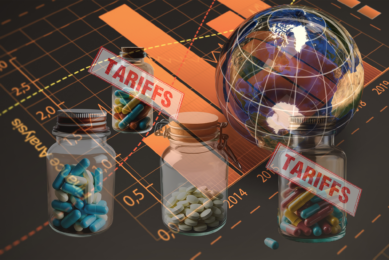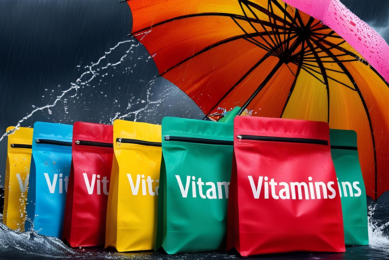Market trends: Feather Meal, Lysine and Choline Chloride

This weeks update takes a look at the latest market developments of Feather Meal, Lysine & Choline Chloride
Hydrolysed feather meal price decreased
The average global price of Hydrolysed feather meal has decreased by 27% since this past April, following the price decline in soybean meal. As the price of USA soy is decreasing it drags with it the price of non-soy sources of protein and feed ingredients like feather meal. For now it appears that export of soybean to China has kept the price from declining even further. As long as the price of American soy remains competitive, the Chinese are likely to continue looking to the US for supply.
Next week we’ll see the release of the USDA World Agricultural Supply and Demand Estimates (WASDE) report, which is likely to impact the price of soy and other grains upon its release. We’ll have to wait and see whether the report has a substantial enough impact to also affect products like Hydrolysed feather meal.

Price Choline chloride increased
The average global price for Choline Chloride has increased by 12% over the last 2 months, due largely to the increased price of trimethylamine and ongoing shipping constraints. While it may seem like a distant memory, it was only a year ago in August 2020 when Choline Chloride was being traded at around 600 USD/MT.

L-Lysine HCL shortage
L-Lysine HCL 98.5% prices have decreased by 11% globally over the last month. But in the last week, several producers notified their customers around the world that they are sold out of this critical amino acid. This supply shortage comes at an important time in the purchasing cycle, just as the next set of contracts are set to be negotiated following the summer months. With Chinese producers reporting low profit margins for Lysine, it is possible that the shortage is an attempt to boost prices ahead of this next round of negotiations.
Meanwhile, spot buyers in need of Lysine in the short term find themselves at the mercy of these market dynamics. Near term demand among spot buyers may ultimately determine whether the price of Lysine moves upward from its current position.












